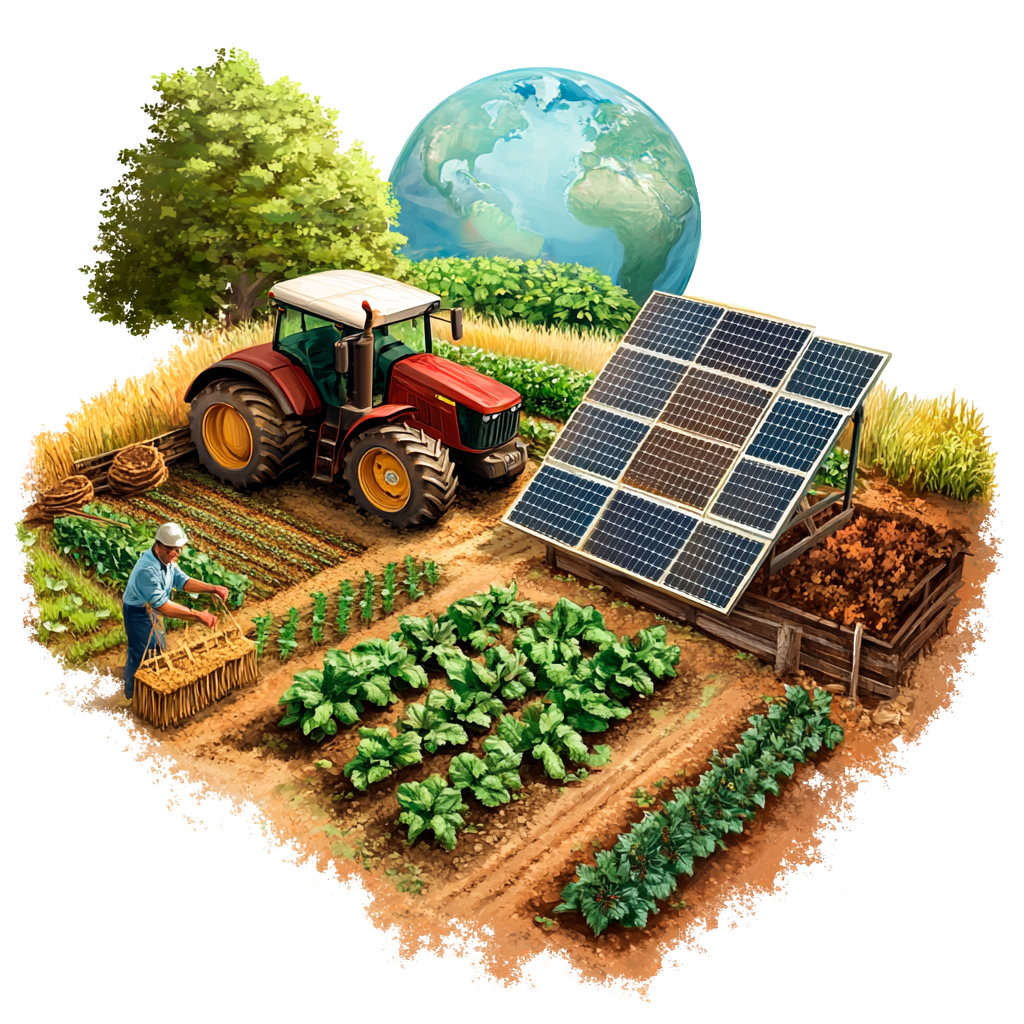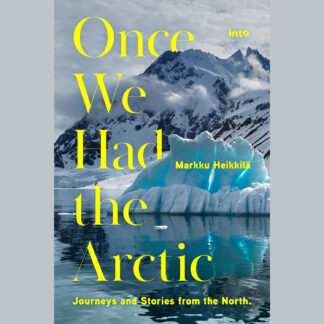
30 world’s most relevant non-fiction books for human survival
Into has compiled a list of most important books for human survival, published by world’s other publishers. The list now includes 30 non-fiction books but can be later expanded to 40 or even up to 100 books. These are books that everybody should know about in the world.
The selected volumes are all exceptional books introducing the world new but extremely relevant “survival issues or themes”, alternatively they present important new ideas how to avoid these bad scenarios. The list also includes some books which provide absolutely essential and key analyses of factors which have prevented us from solving our problems – or they bring about something that might make us better in solving future complex challenges.
We are promoting these books because it is of utmost importance to keep them alive. If they are forgotten – and some of them are facing that risk – Sextremely relevant issues which they bring to the world may vanish from the political agenda, too. And then we would be left in the quagmires to come without adequate tools to navigate out from them.
We are also looking for publishers who are interested in publishing or co-publishing some of these books in new languages, as well as sponsors interested in supporting the translations into one or more Asian and European languages in which these books have not been published yet. This is to ensure that their main points and contents are not ignored but will remain on the world’s political agenda. It should be noted that we do not possess the rights of these books, the rights remain with publishers of the books who are therefore the only ones able to sell them.
There are, of course, innumerable lists of relevant books compiled and published by different organizations and individuals. However, our collection might be the first one ever promoted from the viewpoint that these books may solve the nineteen most important threats or scenarios which threaten the survival of our species, or which may trigger a somewhat total collapse of human civilization. And with that most other species and their possibilities for life will vanish as well.
The nineteen survival issues identified by our expert teams are explained below in a brief manner.
We of course hope that in the future a place on this very selective list will be valued more than the Prize of the Swedish Oil, Explosives and Armament industry (also known as the Nobel Prize).
Proposals for additions are more than welcome.
For practical reasons our first compilation only concentrates on books published in English, but that is to be changed soonest.
Nineteen scenarios which may cause the end of the world as we know it (if no corrections are made)
The expert team of Into Publishing and Coalition for Environment and Development, CED, has identified nineteen threats or scenarios which might threaten the survival of the whole human species, or trigger total collapse of current human civilization, causing unimaginable amount of suffering for billions or for tens of billions of people. There might be other, yet undiscovered major threats, but these listed here seem indisputably to be the most relevant ”survival issues” in light of current scientific evidence.
All these scenarios can be prevented and avoided. Some of them could even be prevented with a very marginal cost. Some would require more substantial effort, but in most cases this effort would also bring with them many other benefits, richly compensating us for our troubles.
- Runaway global warming caused by anthropogenic, human-made, greenhouse gas emissions.
- Collapse of rainfall in the Amazonian region, due to deforestation, leading to release of 200–250 billion tons of carbon from the rainforests and from their soils, and from Amazonia’s large palm swamps.
- Destruction of Indonesia’s swamp rainforests, mangrove swamps and seagrass meadows, releasing into atmosphere almost as much carbon as the destruction of Amazonia does.
- Destruction of Central African rainforests and of swamp rainforests which could both be roughly the same order of magnitude.
- Melting of the Arctic and the release of huge amounts of carbon dioxide and methane from terrestrial and submarine permafrost, and from the so called methane clathrates, due to global warming.
- Release of 700 billion tons of carbon from grazing lands and fields due to overgrazing and over-intensive farming –”the Sixty Harvests Left” scenario, also leading to a serious collapse of agricultural production in many parts of the world.
- Multiplication of the methane emissions (by up to dozens of times) from shallow lakes and reservoirs, covering hundreds of millions of hectares of land, due to the combined effect of eutrophication and global warming.
- “The Hydroxyl Holocaust”, meaning a collapse of the atmosphere’s natural cleaning services, due to excessive production of air pollutants competing of the same hydroxyl radicals.
- Collapse of marine ecosystems because of combined effect of ocean acidification, global warming and overfishing.
- Nuclear war triggered by the accidental explosion of a nuclear weapon – causing a nuclear winter leading to the deaths of most of the world’s human population.
- Nuclear terrorism attack by a single nuclear weapon against Russia, perhaps automatically launching Russia’s 2 700 very large or strategic nuclear weapons towards pre-arranged targets (depending on how Russia’s Perimetr-system has currently been programmed).
- Proliferation of nuclear weapons to dozens of new countries with the spread of (modular) nuclear reactors and lithium batteries, containing material required for the first, second and third phases of very large nuclear weapons, and thus exponentially increasing the risk of a nuclear war.
- Attack by a single, multi-megaton nuclear weapon detonated 150–200 kilometres above Earth, creating a very strong electromagnetic pulse destroying all unprotected electronic equipment within a line of sight, on a continent-wide area.
- Very large solar storm (a Miyake storm) hitting Earth before states have prepared themselves for such occurrences. A Miyake storm would induce a series of very strong direct current spike into long power transmission lines, frying the vulnerable parts of EHV (Extremely High Voltage) transformers, unless they are cut off from grid in time. At the moment no protocols exist for cutting off from the grid. This could disable electric grids for years or even decades and cause serious problems for most of the world’s nuclear power plants. A Miyake storm is a “thousand years solar storm”, last truly major one probably occurred in AD 774. Even a Carrington storm or “one hundred years solar storm” could do a lot of damage.
- Continued and increasing use of new pesticides that are up to one thousand times more toxic than DDT, leading to a serious collapse of insect populations, agricultural production and terrestrial food chains.
- Slowly proceeding radioactive contamination of the Earth, leading to steadily increasing rates of cancer and genetic defects.
- Direct hit to Earth by a large asteroid, comet or a large comet fragment. This, however, is not an everyday event with the probability of roughly 1:100 000 000 per year.
- Collapse of a volcano (like La Palma’s Cumbre Vieja) into the sea, triggering a vast tsunami hitting all the coastal nuclear power plant installations on the shores of a whole ocean basin at once. The probability of such an event might be 1:50 000–1:100 000 per year.
- Eruption of a super-volcano, spreading more than one thousand cubic kilometres of ash in the air. Volcanic super-eruptions seem to happen two or three times in a period of 100,000 years.
Why is the world not reacting to the survival issues?
The information presented above is not controversial. It is not disputed by the scientific society, or large segments of it. The only clear exception to this is that the data concerning health effects of radiological exposures is extremely contradictory and unclear.
Despite of this, the world has not been able to take decisive action in any of the nineteen issues, sixteen of which would require adoption of corrective measures relatively quickly.
Why? How can this be? Why are we so incapable of acting on anything that is of crucial importance for the survival of the human civilization?
One of the reasons is that publishing books has become over-commercialized. Publishing companies are struggling to survive. Most of them are now concentrating on publishing very light and entertaining, very shallow content only.
Even books whose contents are crucially important for the survival of the human species are no longer published. Or if they are, they are very often only published in English or in English and in a just handful of other languages.
A non-fiction book is still the only way to present a full perspective about an important issue. Newspaper, magazine or social media articles, documentary films, radio or TV discussions or podcasts can only provide fragmentary information, glimpses of the whole. Without clear and well-written non-fiction books about the most crucial matters government ministers, members of the parliament, individual journalists and media bosses will not be able to understand the issues which they should highlight and which would require corrective action, before it is too late.
Publishing an important non-fiction book bringing significant new ideas or thoughts into the world in a major new language typically results, in time, in hundreds or even thousands of newspaper and magazine articles and features in the different TV, radio and internet channels. These new ideas often become integrated in the intellectual culture of the country, so that there will be other books – sometimes many of them – written about the same subject, each receiving its own publicity.





